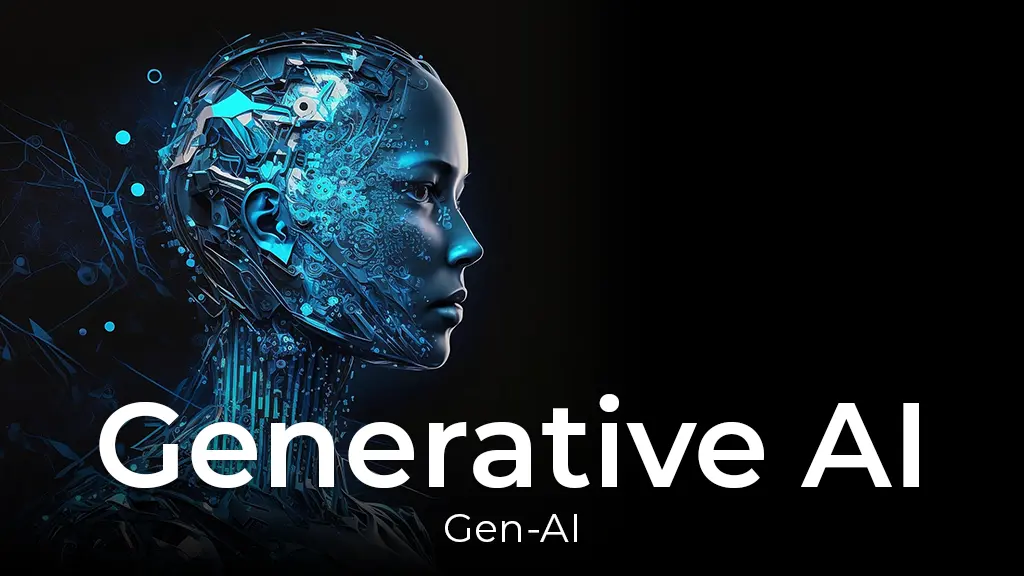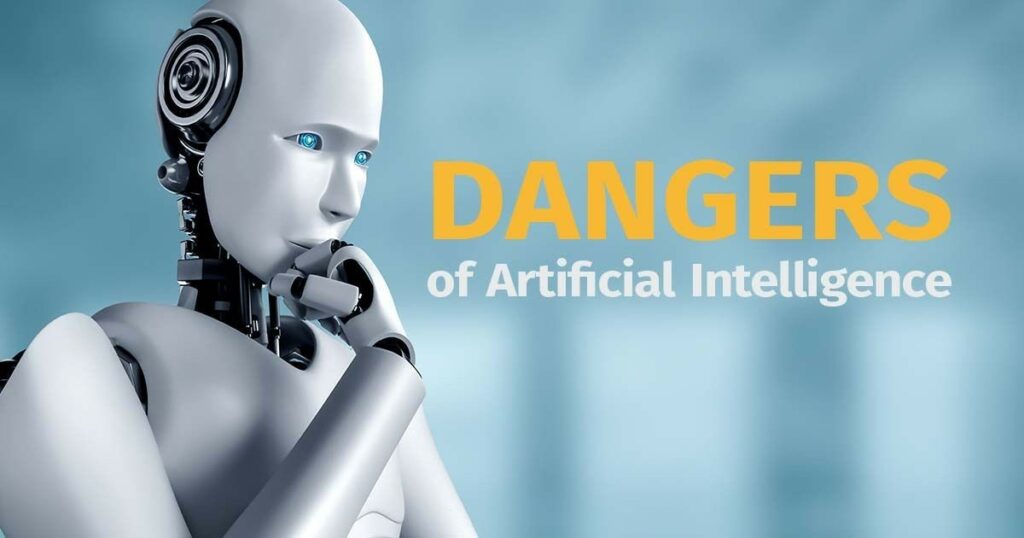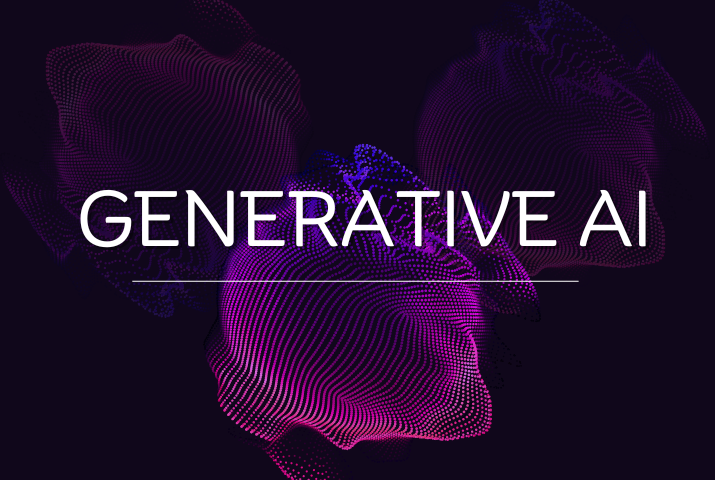The world of software development is on the edge of a revolution. Generative AI, a powerful technology capable of creating entirely new code, is poised to transform the way we build software. But like any powerful tool, generative AI comes with its own set of risks and rewards. In this blog, we’ll delve into both sides of the coin, exploring how generative AI can streamline development while also highlighting the potential pitfalls to be aware of.

The Rewards: A Developer’s Dream Team Player
Generative AI offers plenty of benefits that can significantly enhance the software development process.
- Lightning-fast pace: Imagine a world where repetitive coding tasks are automated. Generative AI can take care of Template code, unit tests, and even simple functionality, freeing up developers’ time for more complex and creative endeavors. This translates to faster development cycles and quicker time-to-market.
- Cost-Effectiveness: By automating repetitive tasks, generative AI can reduce development costs. Additionally, these tools can suggest code optimizations and reuse patterns, minimizing redundant efforts and streamlining resource allocation.
- Improved Code Quality: Generative AI can be trained on vast datasets of well-written code, allowing it to generate code that adheres to best practices and coding standards. This can lead to a more maintainable codebase with fewer bugs and security vulnerabilities.
- Enhanced Innovation: Generative AI can act as a brainstorming partner, suggesting alternative code implementations and functionalities. This can spark new ideas and lead to more innovative and creative software solutions.
- Making Development Accessible to Everyone: Generative AI tools have the potential to lower the barrier to entry for software development. With AI-powered assistance, even those with less experience can create functional code, fostering a more inclusive developer landscape.

The Risks: Dealing with Unknown Dangers
Despite its promise, generative AI is still a new technology, and its integration into development workflows comes with inherent risks that need careful consideration
- Hidden prejudice: Generative AI models are trained on existing codebases. If these codebases contain preferences, the AI may inadvertently perpetuate them in the code it generates. This can lead to discriminatory software that reinforces social inequalities. Mitigating bias requires careful selection of training data and ongoing monitoring of generated code.
- The Black Box Problem: Generative AI models can be complex and opaque, making it difficult to understand how they arrive at their outputs. This lack of transparency can be problematic when debugging code or ensuring its security. Developers need to be wary of blindly trusting AI-generated code and should always perform thorough testing and verification.
- Security Vulnerabilities: AI-generated code may contain hidden vulnerabilities that traditional security testing methods miss. This is because generative AI models may not be able to fully grasp the security implications of code they produce. Developers need to employ robust security testing practices alongside AI-assisted development.
- Technical Debt Accumulation: The speed and convenience of generative AI can be alluring, but it can also lead to the accumulation of technical debt. Developers might rely too heavily on AI to generate code without fully understanding its functionality, leading to challenges in future maintenance and updates. Careful code review and documentation are crucial to avoid this pitfall.
- The Human Factor: Generative AI is not meant to replace developers; it’s meant to augment them. Over-reliance on AI tools can lead to a decline in developer skills and critical thinking abilities. A healthy balance needs to be struck, where AI assists but human expertise remains paramount.

The Road Ahead: Thoughtful Adoption of Generative AI
Generative AI offers immense potential to revolutionize software development. However, it’s crucial to approach this technology with a cautious yet optimistic outlook. By being aware of the risks and implementing best practices, developers can leverage generative AI to its full potential, leading to faster, more cost-effective, and innovative software solutions. Here are some key takeaways for a responsible adoption of generative AI.
- Focus on Training Data: Ensure training data for generative AI models is diverse and free from preferences.
- Prioritize Transparency: Choose generative AI tools that offer some level of explainability for their outputs.
- Embrace Security Testing: Integrate robust security testing practices throughout the development process, even with AI-generated code.
- Maintain Developer Expertise: Nurture developer skills and critical thinking alongside AI integration.
- Promote Responsible Use: Establish clear guidelines for ethical and responsible use of generative AI in software development teams.

I genuinely appreciated what you’ve achieved here. The outline is tasteful, your written content fashionable, yet you appear to have acquired some uneasiness regarding what you wish to present forthwith. Undoubtedly, I’ll return more frequently, similar to I have almost constantly, should you sustain this upswing.
What a fantastic resource! The articles are meticulously crafted, offering a perfect balance of depth and accessibility. I always walk away having gained new understanding. My sincere appreciation to the team behind this outstanding website.
Your blog is a true hidden gem on the internet. Your thoughtful analysis and engaging writing style set you apart from the crowd. Keep up the excellent work!
You have brought up a very good details , thanks for the post.